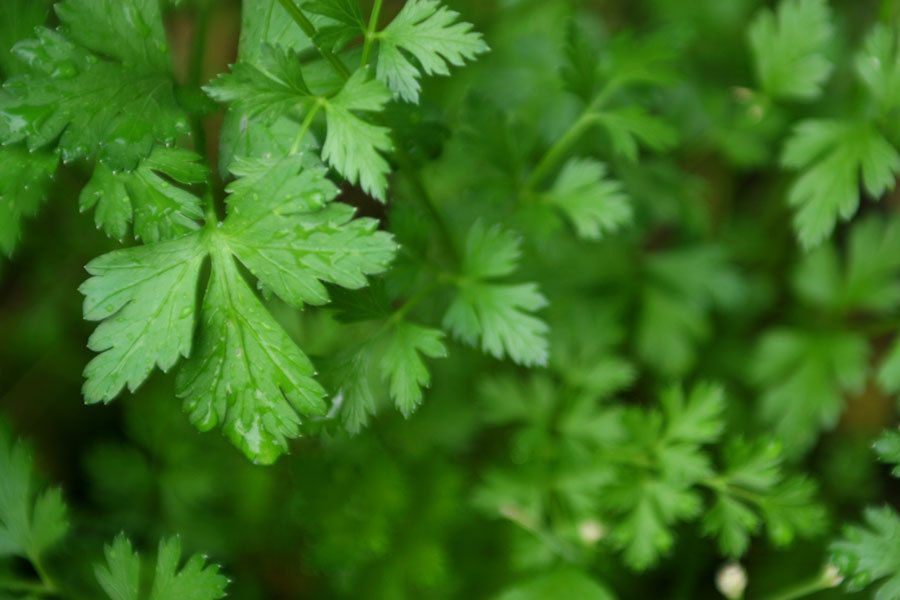
Innovation
One of the main goals we've been working during this project, is how to give technical support to the difficulties that we set out in school about the watering system while we're on summer holidays, specially during July and August.
Nowadays, we water the plants manually by using the rainwater that we collect in the rainwater diposits. We think this system is not the most convenient because some plants don't need much water and they end up dying. The hygrometers that we are already using, allow us to control the amout of water that each plant needs. But we are worried because nobody is going to be in school during July and August to water the plants, and we don't want them to die.
Semi-automatic watering system
6th grade students are studying the possibility of installing a semi-automatic drip irrigation system to save water. We think it's easy and practical.
This system includes moisture sensors that have to be installed in the flowerpots. These, send a sign to an electronic system that, through a visual LED alarm, let us know if the soil is or not moist (green: dry soil; Red: moist soil). This system will allow us to know if it's necessary to water or not the plants.
We won't need to use watering cans. We will have to open and close manually the water taps of the rainwater diposits that provide water to the drip irrigation system in our vegetable garden.
This system allow us to graduate the moisture sensitivity level, so we will be able to adjust it specifically for each plant. Drip irrigation system will help us to save water.
This system will also minimise an excess moisture, but it won't water the plants during summer while we're not in school, so it won't keep our vegetable garden in good conditions.
Automatic watering system
The main goal that we want to reach by the end of the present school year is to build an automatic watering system that complements the semi-automatic one, so the plants in our vegetable garden will have the water they need during summer.
This system includes some of the elements used in the drip irrigation system: moisture sensors, electronic system and visual LED alarms. We will need to add an electronic valve controlled by the electronic system that, once it's programmed, it will open and close automatically the water taps of the rainwater diposits, or the general water distribution pipes in case we don't have enough reserves.
So, we will have an automatic watering system. The electronic system receives from the moisture sensor a sign, and sends a command to an electronic valve (water taps will be located on the rainwater diposits). These will open or close providing water to the plants.
These are the materials needed to build this watering system:
To design both automatic watering systems, we will use the Crowduino platform, plus an Expansion Board for easy connection.
Conclusions we have reached by building these watering systems:
· Building the semi-automatic watering system, we will reduce the amount of water used because it will let us know when the plants need water.
· Building the automatic system, it will complete the semi-automatic system, and the vegetable garden will receive the water it needs during the months of July and Augus (summer holidays).
· It will be easy to build the automatic system because, at that time, we will have built the semi-automatic system. We think this will make our project more attractive for all our students and more sustainable.
Jordi Aulet, an expert engineer, will visit us soon. He will teach us how to build both systems.

Drip irrigation system



Moisture sensors
Electronic system and visual LED alarm



